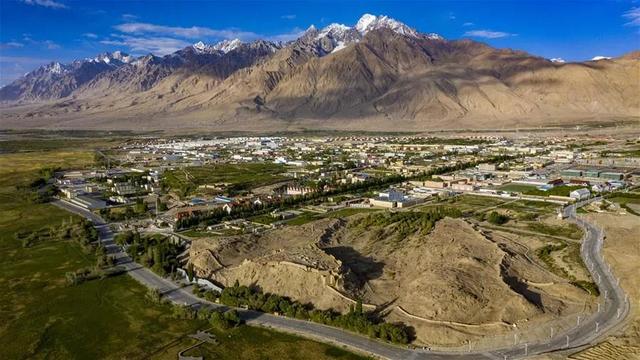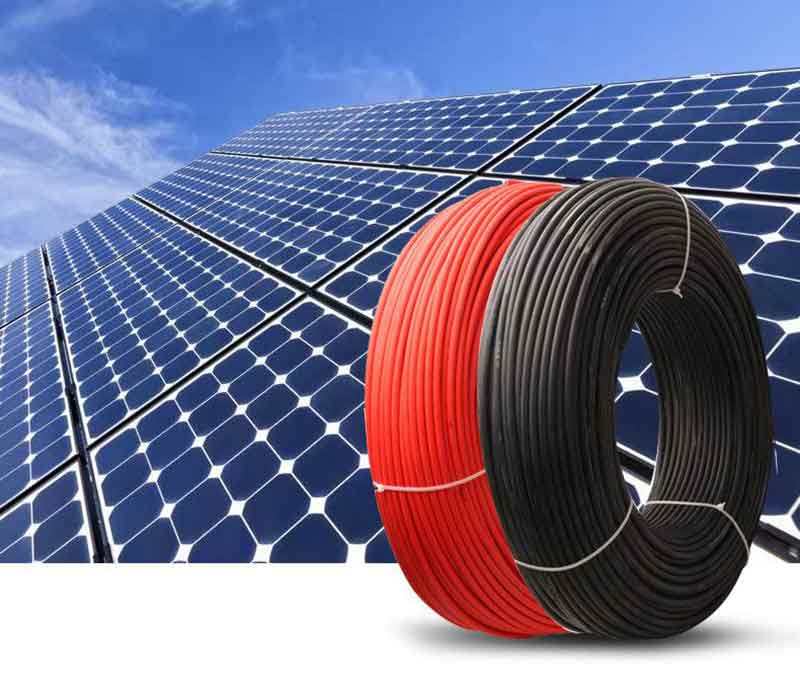ZMS and Green State Power (hereinafter referred to as GSP) of Afghanistan have successfully reached a cooperation and have completed the delivery of a 10 MWP PV project built in Kabul, Afghanistan.
Afghanistan is geographically located in west-central Asia, neighboring Turkmenistan, Uzbekistan, and Tajikistan in the north, Iran in the west, Pakistan in the south and east, and a narrow strip of land in the northeastern part of the country bordering China. It has a continental climate with dryness and little rainfall throughout the year, cold winters, and hot summers, and the country’s average annual rainfall is only about 240 millimeters.
With the rapid development of the photovoltaic industry in the world, Afghanistan’s geographic location and climate also lay the foundation for the vigorous development of the local photovoltaic industry.

Advantages of Cooperation With ZMS
In this PV project, ZMS Cable supplied 1X10,1X6 PV cables, 3X300 LV and 3X300 MV cables, and ACSR 185/30 overhead line, including different sizes of PV connectors and toolboxes.

In the course of cooperation, ZMS gave full assistance to the GSP party in all aspects.
For example, in the design of the product specifications required for the project, ZMS actively helped the other party by using the cable factory’s many years of manufacturing experience to provide the other party with the appropriate product specifications and was responsible for customizing different models.
In terms of quantity, ZMS took into account the cost of the project and transportation costs, made strict calculations and designs on the quantity of cables and accessories required, and gave answers that satisfied both parties, so that the project could be carried out smoothly without shortages and wastage.
In terms of product qualification, ZMS provided the qualification certificates and safety certificates of the cables in compliance with various standards under the requirements of GAP, we ensure that every cable provided strictly complies with international standards, eliminating any safety issues brought about in the future, and strictly control the quality of the cables.
PV (photovoltaic) cables are specialized cables designed for use in solar power systems, particularly in connecting solar panels to inverters, batteries, and other components of the system.
These Cables Offer Several Advantages:
Weather Resistance: PV cables are designed to withstand harsh environmental conditions, including extreme temperatures, UV radiation, moisture, and weathering. This ensures reliable performance and longevity in outdoor solar installations.
UV Resistance: Solar panels are typically installed outdoors where sunlight is exposed. PV cables are manufactured with materials that resist UV degradation, preventing them from becoming brittle or discolored over time.
Flexibility: PV cables are often required to bend and twist to accommodate the layout of solar panel arrays. They are engineered to be flexible, making them easier to install and maneuver around obstacles without compromising their performance or durability.
Low Power Losses: High-quality PV cables are designed to minimize power losses during transmission. They have low electrical resistance and are optimized for efficient energy transfer, helping to maximize the overall energy yield of the solar system.

Durability: PV cables are constructed with durable materials such as cross-linked polyethylene (XLPE) or ethylene propylene rubber (EPR) insulation, and robust jacketing materials like polyvinyl chloride (PVC) or thermoplastic elastomers (TPE). This ensures that the cables can withstand mechanical stress, abrasion, and impacts, maintaining their integrity over years of service.
Safety: PV cables are manufactured to meet stringent safety standards, including fire resistance and low smoke emission in case of a fire. They are typically rated for outdoor use and are resistant to corrosion, reducing the risk of electrical faults and hazards in solar installations.
Ease of Installation: PV cables are often available in pre-cut lengths or on spools, making them easy to handle and install without the need for special tools or equipment. They may also feature color-coded insulation for quick and accurate identification of positive and negative conductors, simplifying the installation process.
Compatibility: PV cables are designed to be compatible with standard solar connectors, junction boxes, and other components commonly used in photovoltaic systems. This ensures seamless integration and connectivity within the solar power system, regardless of the specific brand or manufacturer.
PV cables play a crucial role in the reliability, efficiency, and safety of solar power systems, making them an essential component for harnessing clean and renewable energy from the sun.
Developing PV Projects in Afghanistan Offers Several Advantages:
Abundant Solar Resource: Afghanistan receives abundant sunlight throughout the year due to its geographical location, making it highly suitable for solar energy generation. The country has vast untapped solar potential, which can be harnessed to meet its growing energy demands.
Energy Independence: Afghanistan relies heavily on imported fossil fuels for its energy needs, which makes it vulnerable to price fluctuations and supply disruptions. By investing in PV projects, the country can reduce its dependence on imported energy sources and enhance its energy security.

Environmental Benefits: Solar power is a clean and renewable energy source that produces electricity without emitting greenhouse gases or other harmful pollutants. Developing PV projects in Afghanistan can help mitigate air pollution, reduce carbon emissions, and combat climate change.
Rural Electrification: Afghanistan has a significant rural population that lacks access to reliable electricity. PV projects can provide decentralized energy solutions, enabling off-grid communities to access clean and affordable electricity for lighting, cooking, communication, and other basic needs.
Job Creation: The development of PV projects can stimulate economic growth and create employment opportunities across various sectors, including manufacturing, construction, installation, operation, and maintenance. This can help alleviate poverty and contribute to socio-economic development in Afghanistan.
Infrastructure Development: PV projects require infrastructure development such as solar farms, power plants, transmission lines, and distribution networks. Investing in solar energy infrastructure can improve the country’s overall infrastructure, enhance connectivity, and facilitate economic development.
Diversification of Energy Mix: Afghanistan currently relies heavily on hydropower and imported fossil fuels for electricity generation. Developing PV projects can diversify the country’s energy mix, reducing its reliance on finite resources and increasing energy resilience.
Long-Term Cost Savings: While the initial investment in PV projects may be significant, solar energy offers long-term cost savings compared to traditional fossil fuel-based power generation. Once installed, solar panels have minimal operating costs and can generate electricity for decades, providing a stable and predictable energy source.
Overall, developing PV projects in Afghanistan presents a compelling opportunity to harness its abundant solar resources, promote sustainable development, and improve the quality of life for its citizens while addressing energy challenges and environmental concerns.
ZMS had already delivered PV cables, medium voltage cables, PV accessories, and other products before the project started. We always treat every customer friendly and equal, and we are looking forward to the successful completion of the project in Afghanistan, which will bring great benefits to the local community.